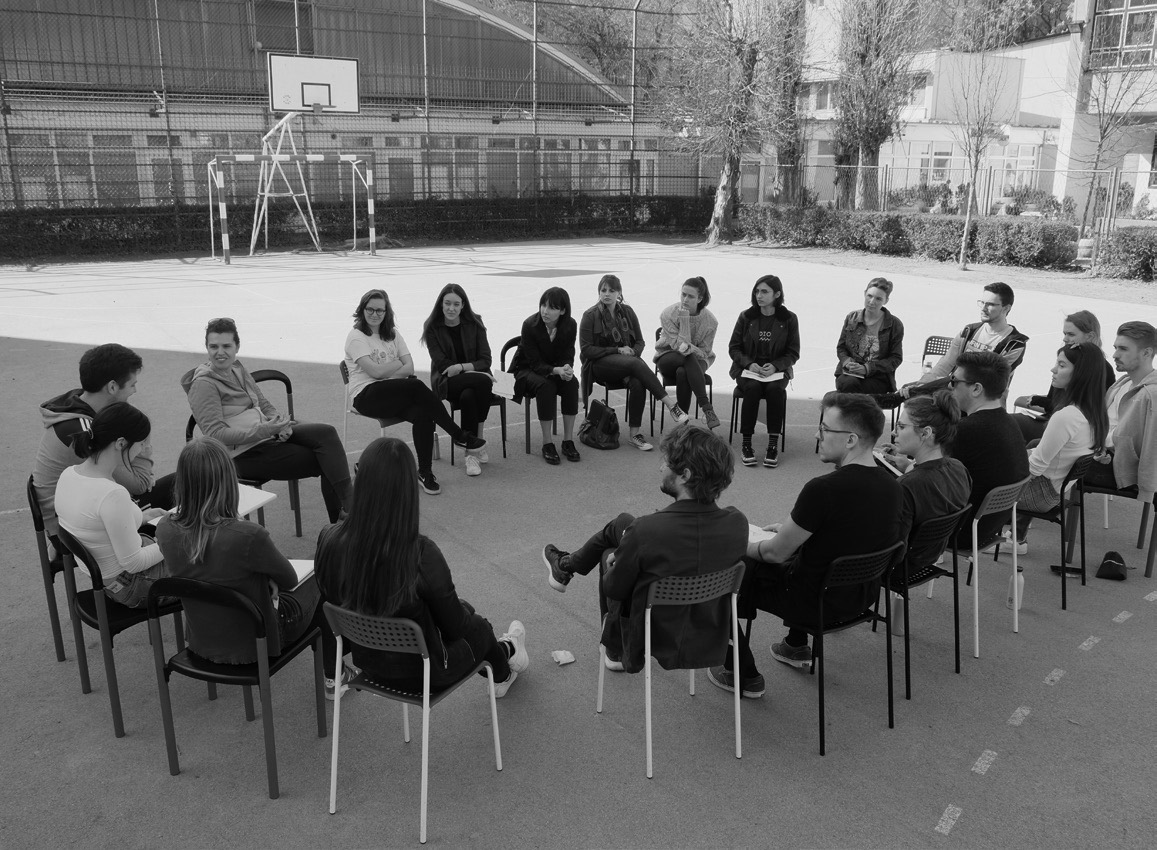(Course in Academic Year 2018/2019)
Downloads
DOI:
https://doi.org/10.51588/eaaeacp.36Keywords:
participatory design, intense workshop, mediation, collaboration, small task realisation in 1:1Abstract
Complexity of the 20th century society, along with strong professions' specialization, led to separation between all participants in the developing processes, especially in public spaces design. Lack of cohesion and consensus along with poor communication between professions, citizens, government and business sector, resulted in new participative and interdisciplinary trends emerging in the 21st century to bring sectors back together. Students' education must follow these trends, as their orientation in shaping the desirable futures.
Elective course ‘Participatory design of space’ (POP) is planned as a faculty-based fieldwork workshop that gives students the opportunity to become acquainted with participatory methods in space design. In this way, the user's opinion is included in the cognitive fund when drafting the conceptual solution of a small-scale task in the public space or in any area of interaction. Students learn to identify and critically evaluate participatory content, to generate the conceptual level of planning — intent, to discuss it with users, to translate it directly and recognizably into a viable solution, to present it successfully, and to participate in the realization.
How to Cite
Published
Issue
Section
License
Copyright (c) 2019 Kristina Careva, Rene Lisac

This work is licensed under a Creative Commons Attribution 4.0 International License.
References
Arnstein, Sherry P. ‘A Ladder of Citizen Participation’, JAIP, Vol. 35, No. 4, July 1969, pp. 216–224.
Hart, Roger A. ‘Children’s Participation — from tokenism to citizenship’, Innocenti essays, No. 4, 1992, UNICEF International Child Development Centre Spedale degli lnnocenti Florence, Italy





